Stephen Mihm: Threats of nuclear testing ignore its terrifying history
Published in Op Eds
Should the U.S. and Russia resume nuclear testing?
The answer to that question must be a resounding “No.” Yet President Donald Trump and Russian leader Vladimir Putin, eager to project strength, have raised fears that they may be moving to revive the dangerous practice.
While the significance of testing nuclear weapons dwindled over 60 years ago, the terrifying circumstances that brought that era to a close should remain top of mind, reminding leaders why using nuclear testing to gain a strategic advantage is a terrible idea.
Thanks to Hollywood, many audiences know something about the dawn of the nuclear age. Led by physicist J. Robert Oppenheimer, a crack team of eccentric geniuses housed at Los Alamos, New Mexico, built and tested the first atomic bomb in 1945. It led Oppenheimer to recall a line from the Hindu sacred text, The Bhagavad Gita: “Now I am become death, the destroyer of worlds.”
Although the atomic scientists who followed Oppenheimer lacked his literary sensibilities, they took world-destroying quite seriously. Teams in the U.S. and the Soviet Union competed to build and test ever-larger bombs in a blatantly obvious effort at intimidating the other side.
The U.S. went first, forcing the indigenous people of Bikini Atoll to relocate so that it could detonate bombs in the Marshall Islands in 1946. Radioactive debris rained down on the sailors sent to watch the tests. They absorbed dangerous doses of radiation, as did many of the native islanders living in the area, inaugurating a multigenerational legacy of cancers and birth defects.
Nevada, where the military began above-ground tests in 1951, was no better. Here, too, the federal government confiscated land owned by indigenous peoples and placed soldiers far too close to the detonation sites. In subsequent decades, their bodies would be plagued by cancers and other maladies born of their fateful exposure.
Back in the Marshall Islands, the U.S. began testing a new generation of nuclear weapons that used conventional fission bombs to detonate a much larger, “fusion,” or hydrogen bomb. These experiments went terribly awry during the infamous Castle Bravo test of 1954.
The bomb in question was supposed to generate the equivalent of five to six megatons of TNT(1). Thanks to some serious miscalculations, though, the explosion clocked in at 15 megatons, or 1,000 times the size of the bomb dropped on Hiroshima. The explosion sucked up 10 million tons of sand and pulverized coral, creating a massive fallout cloud that fell on islanders, U.S. military personnel, and even Japanese fishing vessels 80 miles east of the test site.
This was what historian Alex Wellerstein has described as “the greatest single radiological disaster in American history.” It also holds the record of being the biggest nuclear test ever conducted by the U.S. And it might have remained the biggest test ever had it not been for the Soviet Union.
After World War II, the Communist nation worked desperately to build and test its own bomb, terrified of what might happen if it failed. Indeed, a Russian nuclear scientist who attended the Bikini test in 1946 claimed that the purpose of the demonstration had been “to frighten the Soviets.”
Thanks to atomic spy Klaus Fuchs, the Soviets managed to detonate their first atomic weapon in 1949. Still, they spent much of the next decade playing catch-up, countering progressively larger tests with their own demonstrations. Premier Nikita Khrushchev, eager to pull ahead, approved a top-secret project to build the biggest nuclear weapon in human history. It was known as “Kuzma’s mother,” an allusion to a Russian idiom that basically means: “We’ll show you!”
When completed in 1961, Kuzma’s mother — also known as the Tsar Bomba or the King of Bombs — was the size of a school bus and weighed 25 tons. It was too big to fit into any of the Soviet bomber aircraft, so the military removed the bomb bay doors on a Tupolev TU-95 and strapped it to the bottom of the plane.
On Oct. 31, 1961, the TU-95 left a Russian airfield bound for Novaya Zemlya, a collection of islands above the Arctic Circle; a separate plane containing a film crew accompanied it. They departed not knowing if they would return home: authorities had given the planes a 50/50 chance of surviving the shock wave.
When they reached the target location, the bomber dropped its lethal package. The bomb, fitted with a parachute to slow its descent and give the planes time to escape, floated downward until it reached 4,000 meters before exploding.
The blast, which could be seen more than 1,000 kilometers away, registered at 57 megatons, 10 times more powerful than all the bombs and ordnance used in World War II. Had any human been within 62 miles of the epicenter (there weren’t any), they would have been immediately vaporized or have suffered third-degree burns. The shock wave shattered windows 560 miles away.
The test inflamed Cold War tensions, and a year later, the world came dangerously close to complete annihilation during the Cuban Missile Crisis. In its wake, saner heads began to prevail, and the U.S. and Soviet Union signed the Partial Test Ban Treaty in 1963, which moved nuclear testing underground, where it became less of a provocation. A complete test ban followed 30 years later, aided by the fact that computer modeling has effectively made nuclear testing obsolete.
Trump and Putin now seem inclined to take us back to the bad old days of nuclear testing out of some misguided belief that it’s an effective way to assert dominance over adversaries. History already shows how that story ends.
(1) A megaton is the equivalent of one million tons of TNT.
_____
This column reflects the personal views of the author and does not necessarily reflect the opinion of the editorial board or Bloomberg LP and its owners.
Stephen Mihm, a professor of history at the University of Georgia, is coauthor of “Crisis Economics: A Crash Course in the Future of Finance.”
_____
©2025 Bloomberg L.P. Visit bloomberg.com/opinion. Distributed by Tribune Content Agency, LLC.
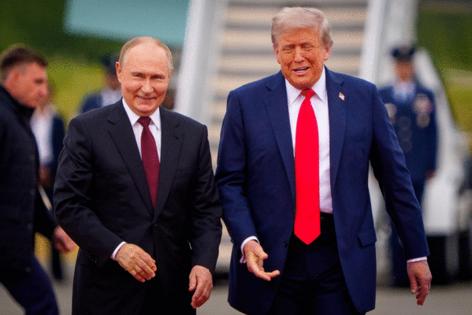


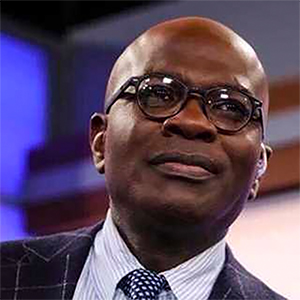
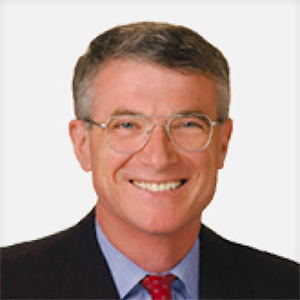


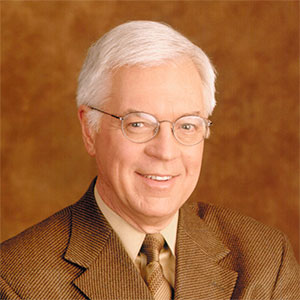
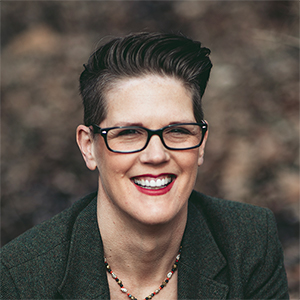



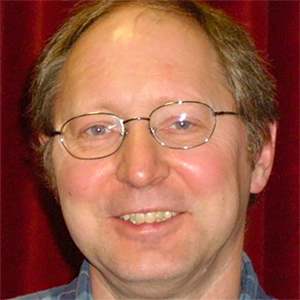

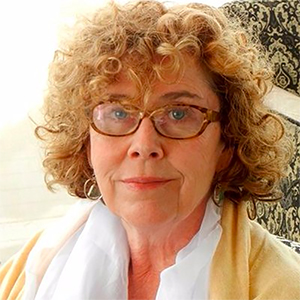

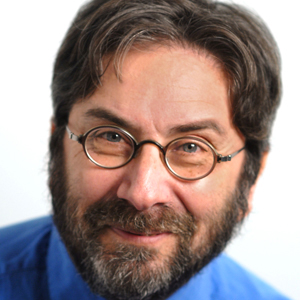
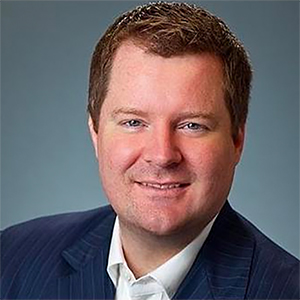
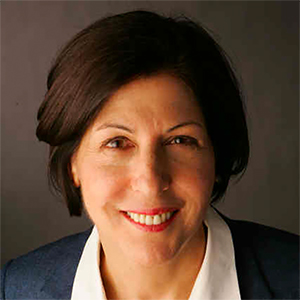


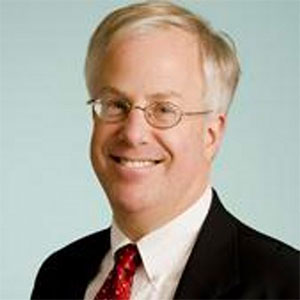

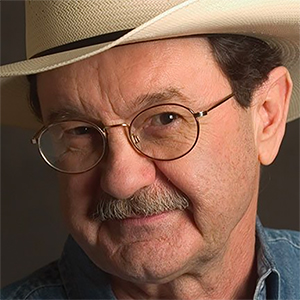

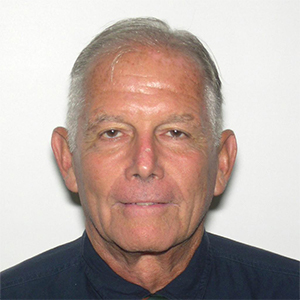
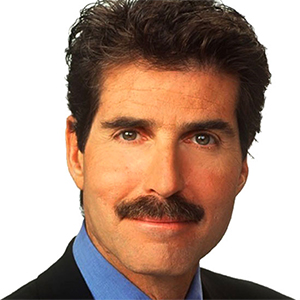
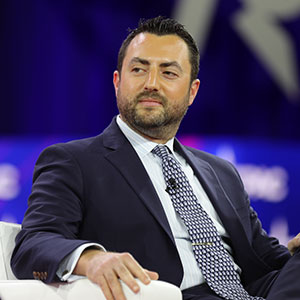
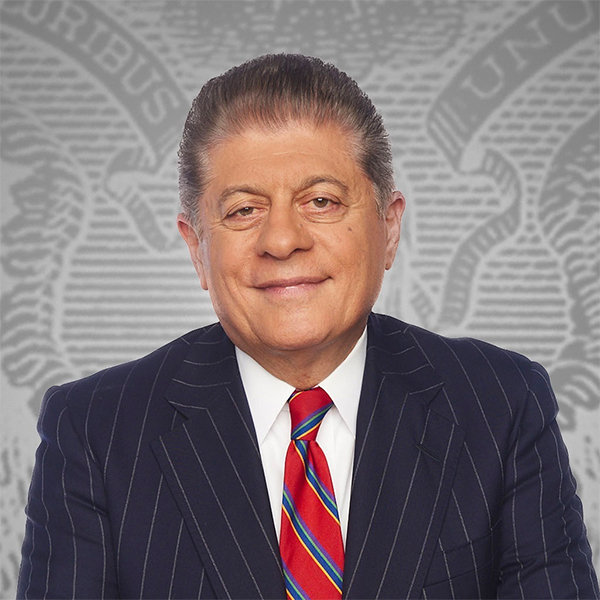

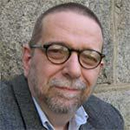



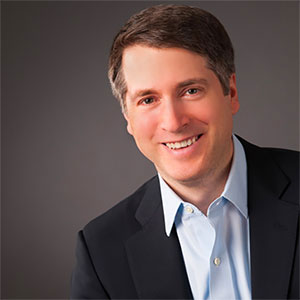



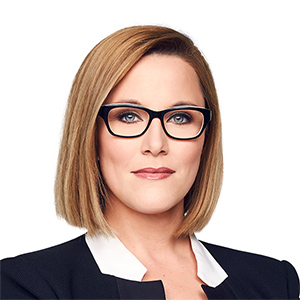
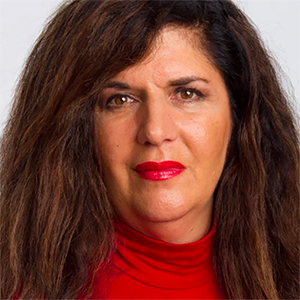
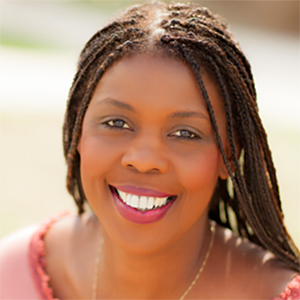


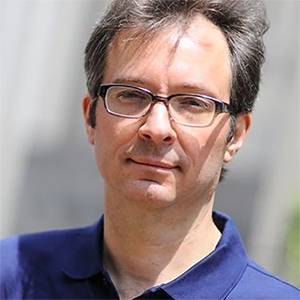

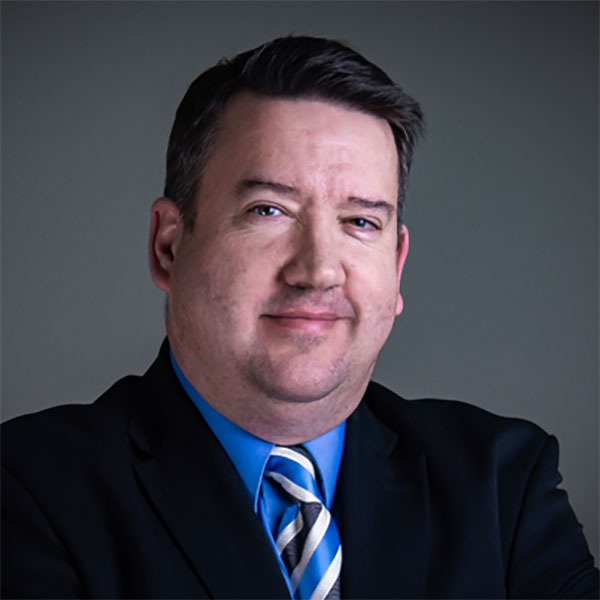




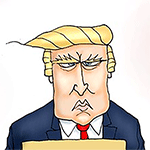
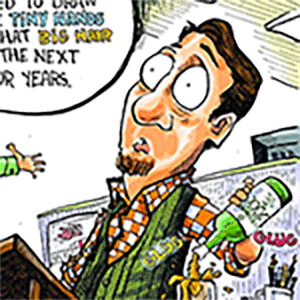

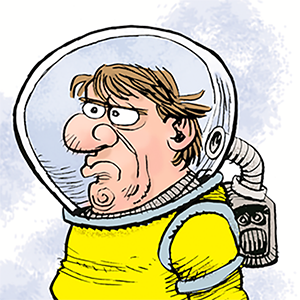

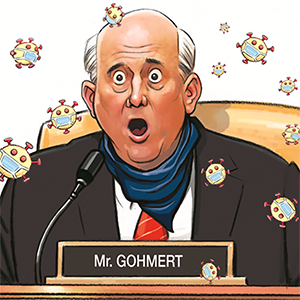
Comments